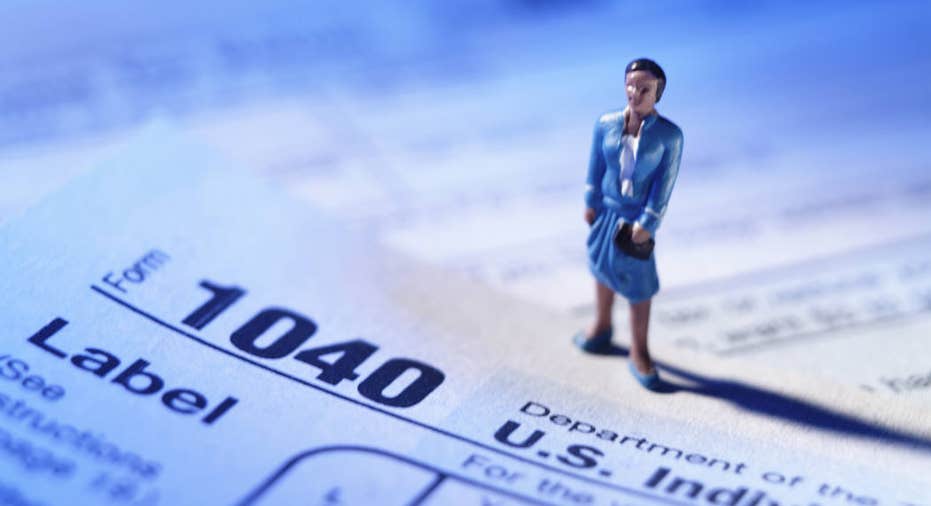Understanding New 1099 Rules

Changes have been made to reporting rules for the 1099 IRS form, known as the “miscellaneous income” form, typically completed by freelance writers and independent contractors. This form is not applicable to those who are full-time employees.
The Internal Revenue Service (IRS) says these rules will start closing the gap of unpaid taxes, and when the new rules become effective in 2012, they will affect most businesses. Here is a short overview to help you understand the changes:
Who the new rules affect
If you were completing 1099 forms before, you will have to adjust to the new reporting requirements. This recent tax regulation applies to all for-profit corporations, except for tax-exempt organizations. If you report inaccurate or incomplete information, you may face penalty fines.
What has changed
The biggest change is mostly the volume of paperwork. Previous rules only required businesses to submit 1099 forms for payments greater than $600, typically made to independent contractors. New regulations will require 1099 forms for payments to most, if not all, of a business’ suppliers. Payments made to any corporation for over $600 will now require a corresponding form. This includes items like commission, fees, interest and even payment for property, such as construction equipment. For most companies, reporting these suppliers will result in a more forms. A 1099 form usually requires tax idenification numbers (TINs) from both the payers and payees, and the new rules require more businesses to report their TINs.
Penalties for non-compliance
This new legislation raises the maximum penalties for reporting errors. The fine for failing to report a supplier has doubled to $100 from $50. Additionally, the maximum fine per business jumped: Tthe ceiling for 1099 fines was $250,000, but under the new rule, businesses can be fined up to $1.5 million, and that number is anticipated to increase. Learning the new rules and complying with them can save you from a world of trouble.



















